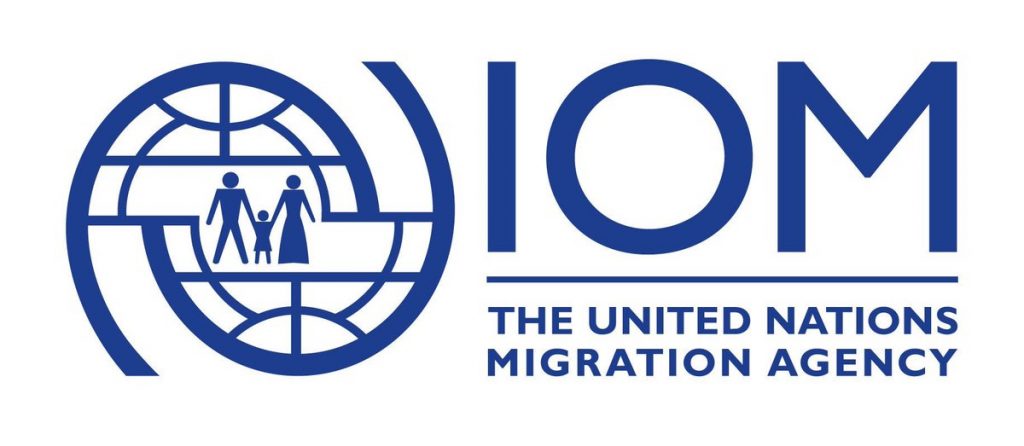By Akanimo Sampson
The migration agency of the United Nations, International Organisation for Migration (IOM) has reported that 107,546 migrants and refugees have bravely entered Europe by sea through December 18. Roughly, this is a five per cent decrease from the 112,836 who arrived during the same period last year.
Arrivals this year to Greece and Spain are at 60,363 and 24,976, respectively, (85,339 combined) accounting for just over 79 per cent of the regional total, with the balance arriving in much smaller numbers to Italy, Malta and Cyprus. Arrivals to Greece are running just shy of twice 2018’s totals from this time, while arrivals to Spain are less than half last year’s arrivals.
Deaths recorded on the three main Mediterranean Sea routes through December 18 stood at 1,246 individuals – or 56 per cent of the 2,219 deaths confirmed during the same period in 2018.
While IOM Rome’s Flavio Di Giacomo cited official Ministry of Interior figures of 11,155 migrants have arrived in Italy by sea this year through December 18, compared to 23,126 at this same time in 2018, IOM Libya has reported that through December 15, 8,613 migrants have been intercepted at sea and returned to Libya in 2019.
IOM Greece’s Eirnini Axarli reported that from Friday, December13 through last Thursday, the Hellenic Coast Guard (HCG) participated in at least 34 incidents requiring search and rescue operations off the islands of Lesvos, Samos, Chios, Kos, Samothrace and the port of Alexandroupoli. The HCG rescued a total of 1,173 migrants and transferred them to the respective ports.
Those arrivals, plus others discovered off the islands of Symi, Farmakonisi and Leros bring to 60,363 the total number of irregular migrants arriving by sea this year. Arrivals to Greece in 2019 very nearly match total arrivals from 2017 and 2018 combined and have averaged more than 270 per day since July 1.
IOM Greece further reported that through the month of November, a total of 58,200 irregular migrants entered Europe via the Aegean passage, the largest single group – Afghanistan nationals, with 24,429 – accounting for 42 per cent of all arrivals through 11 months of 2019. The next largest nationalities include Syria (14,640 arrivals), Iraq (3,168), Palestinian Territories (2,926), Democratic Republic of the Congo (2,834), Somalia (2,398), the Islamic Republic of Iran (1,925), Congo-Brazzaville (872), Cameroon (861), Pakistan (398), and Yemen (319).
Somalia seems to be a relative newcomer to this route, with just 141 migrants identified through April this year, but over 2,200 during the following seven months. Meanwhile small numbers of outliers from Latin America and the Caribbean continue to arrive in Europe via this Aegean ‘backdoor’, with a single Colombian national appearing on the Hellenic Coast Guard’s list for the first time, along with recent arrivals from the Dominican Republic (31 thus far in 2019), Haiti (37), Venezuela (3), Peru (2), and Ecuador (1).
Missing Migrants Project
2019 is the sixth year of IOM’s efforts to systematically record deaths on migration routes worldwide through its Missing Migrants Project (MMP). Since the beginning of 2014, the project has recorded the deaths of over 34,000 people, including 3,170 in 2019.
Due to the challenges of collecting information about these people and the contexts of their deaths, the true number of lives lost during migration is likely much higher. Missing Migrants Project records should only be viewed as indicative of the risks associated with migration, rather than representative of the true number of deaths across time or geography.
Migrant deaths in the Americas continue during what may be the deadliest year MMP has recorded in the hemisphere over the past six years. Through mid-December at least 659 men, women and children have died crossing the Americas, which compares with 583 during the same period last year.
Missing Migrants Project researcher Julia Black reported this week that her data record of deaths in the Americas does not include two categories of fatalities: deaths of migrants who died while in official detention either in the USA or in Mexico, and a smaller, newer category: deaths of asylum seekers who registered their requests with US authorities and then agreed to be sent across the border to Mexico to await their court appearances.
Of the first group, MMP reports that in 2019, at least 24 people died in US immigration detention centres or in hospital immediately after a stay in a detention centre, including at least four children. At last three others died under similar conditions in Mexico.
Of the deaths of people seeking asylum while waiting in Mexico under the US’s new ‘Remain in Mexico’ policy, Black noted that although IOM does not collect comprehensive data on deaths which occur during asylum processing times, there have been at least three deaths so far since November this year.
The remains of an unnamed Salvadoran man who, according to Mexican authorities, was waiting for permission to enter the US were found, gruesomely, in two suitcases in Tijuana on November 20.
Brazilian Sirley Miranda died on December 6 while waiting with her two daughters in Mexico City for her asylum claim to be processed. Magaly Medina Calvo, a 57-year-old woman from Cuba who had two children living in the United States, died last week in a shelter in Mexico. Her first appointment at the US Asylum Court in El Paso, Texas was scheduled for 12 February next year.
Missing Migrants Project data are compiled by IOM staff based at its Global Migration Data Analysis Centre but come from a variety of sources, some of which are unofficial. The report Fatal Journeys Volume 4, published June 28, includes an overview of five years of Missing Migrants Project data (2014-2018) and an update on what is known about deaths during migration in 2019.
|

